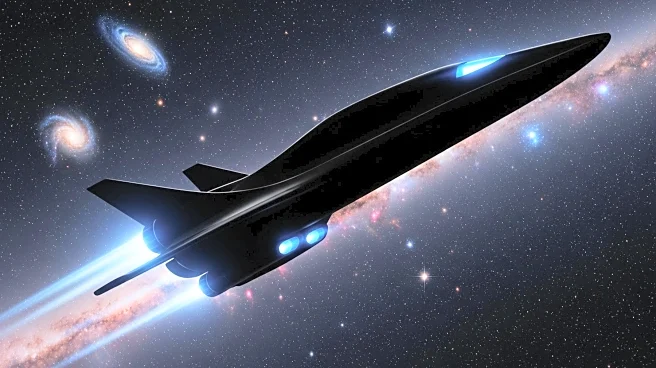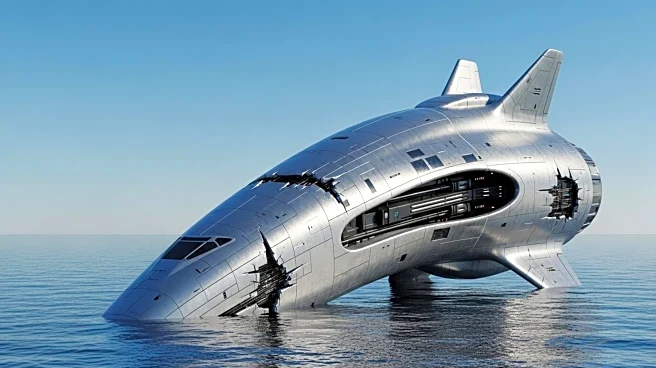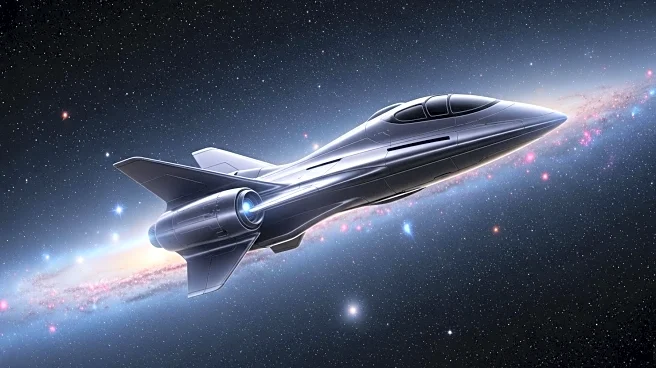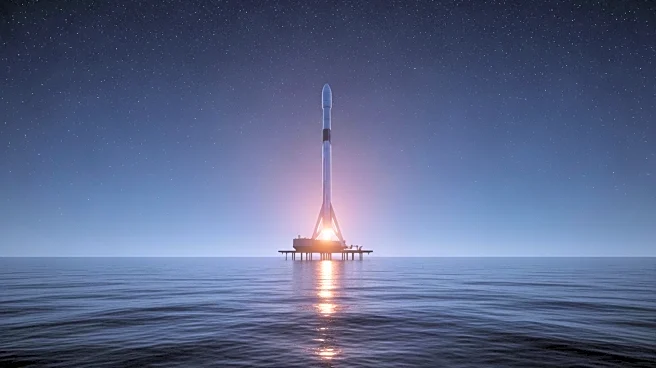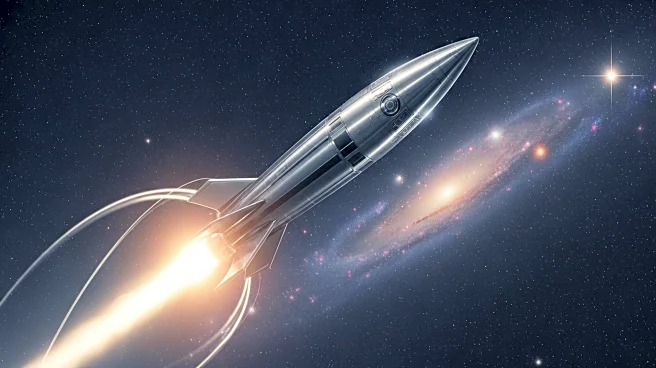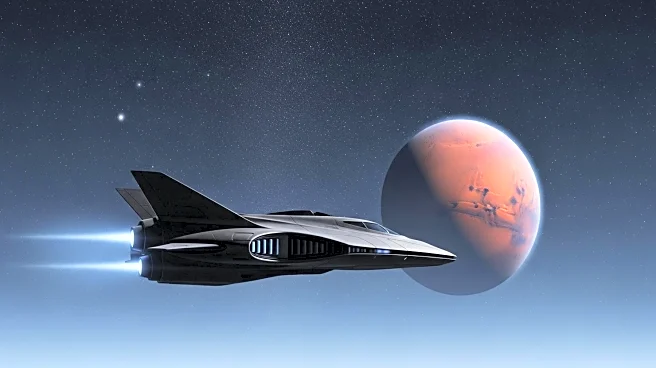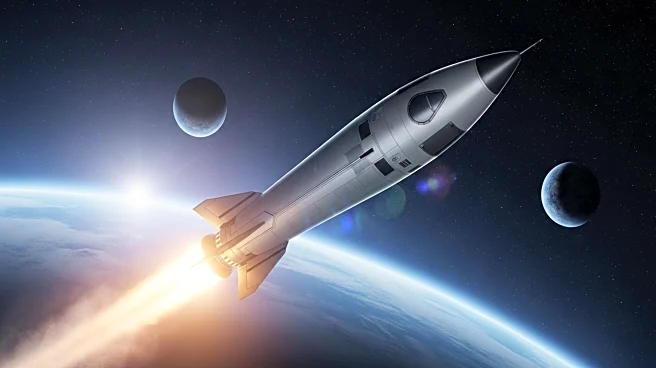What's Happening?
SpaceX's Starship Flight 10 successfully demonstrated several key capabilities that mark a turning point in human spaceflight. The mission proved the spacecraft's ability to guide itself during harsh reentry conditions, use its engines during descent, and deploy payloads in space. Despite sustaining some damage during reentry, the Starship remained intact and fully controllable, landing within meters of its target splashdown zone. This success follows a series of explosive failures in previous test flights, highlighting SpaceX's strategy of embracing failure to perfect technology.
Why It's Important?
The success of SpaceX's Starship Flight 10 is a testament to the effectiveness of SpaceX's strategy of embracing failure and its innovative approach to spacecraft design. The mission demonstrated the spacecraft's full reusability, engine reignition capabilities, controlled reentry, and large-scale payload deployment. These breakthroughs are crucial for SpaceX's goal of reducing launch costs and increasing the frequency of space missions. The success of Flight 10 paves the way for potential trial missions to Mars and the Moon, accelerating SpaceX's timeline for human space exploration.
